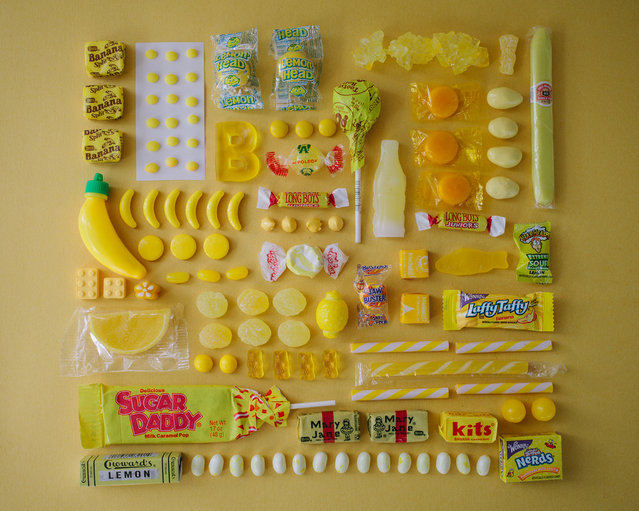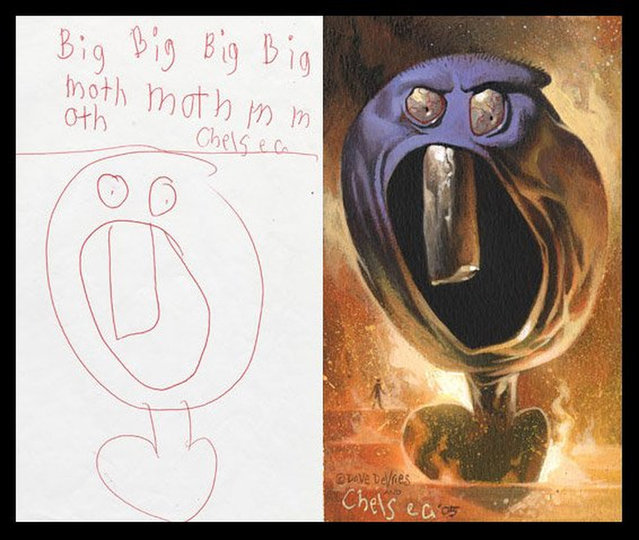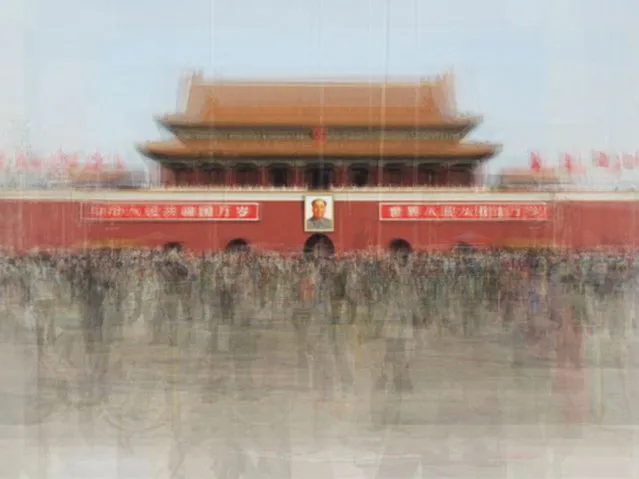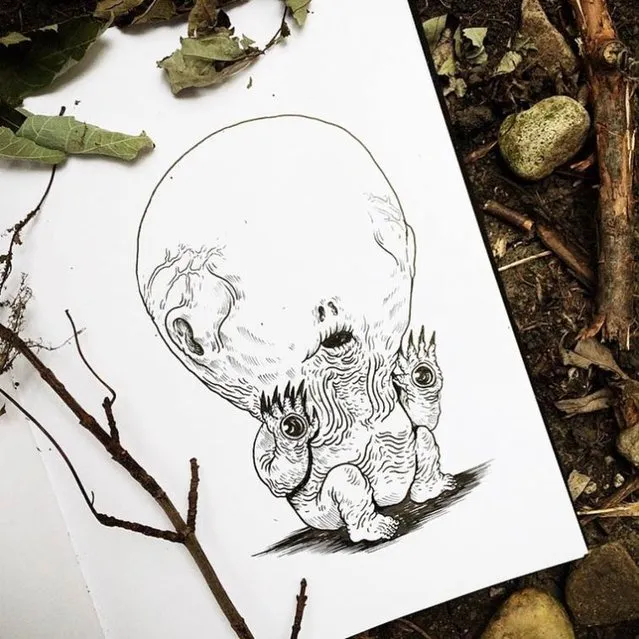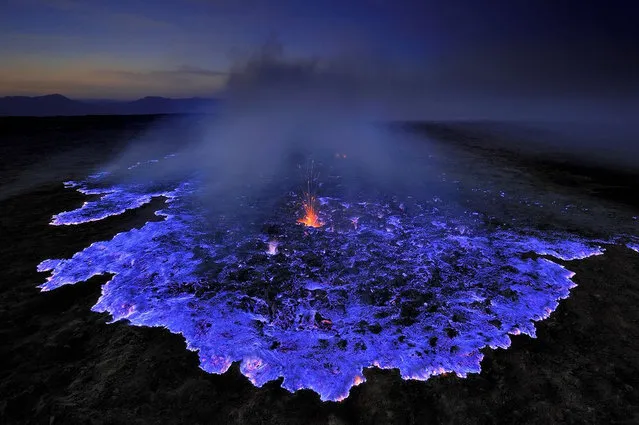01 Oct 2013 11:11:00,post received
0 comments
Details
Details
19 Sep 2012 12:53:00,post received
0 comments
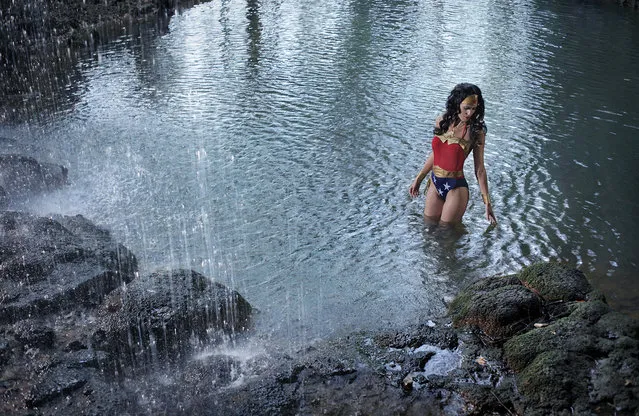
What do superheroes do when they’re not busy fighting bad guys and saving the world from destruction? Perhaps they’re drawing strength alone in the peace and quiet of the great outdoors. That’s the premise of French photographer Benoit Lapray‘s photo-manipulation series “The Quest for the Absolute.”
23 Sep 2014 10:50:00,post received
0 comments
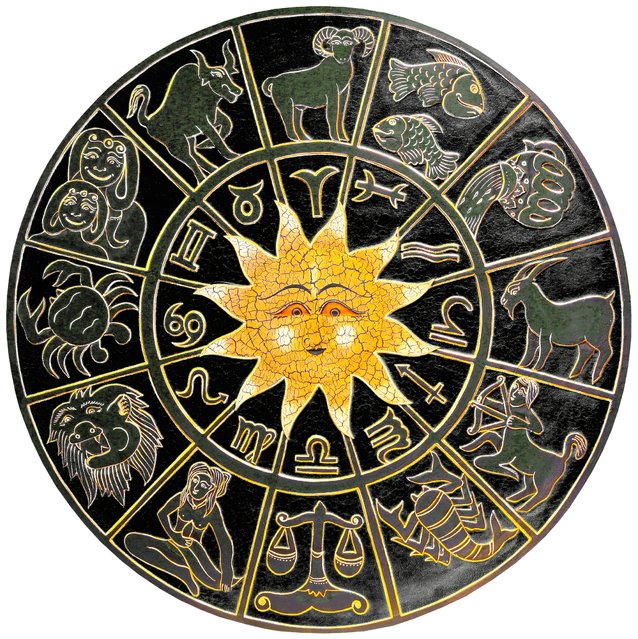
Find out what 2014 has in store for you and your cash. Provided by Russell Grant Horoscopes. (Photo by Toma Petrovic)
24 Mar 2014 08:58:00,post received
0 comments


